The Grand Paris Express, Europe’s largest urban design project, is en route to success
The Grand Paris Express is a system of new rapid transit lines across the French capital, with each station designed by a different architect – and it's currently under construction
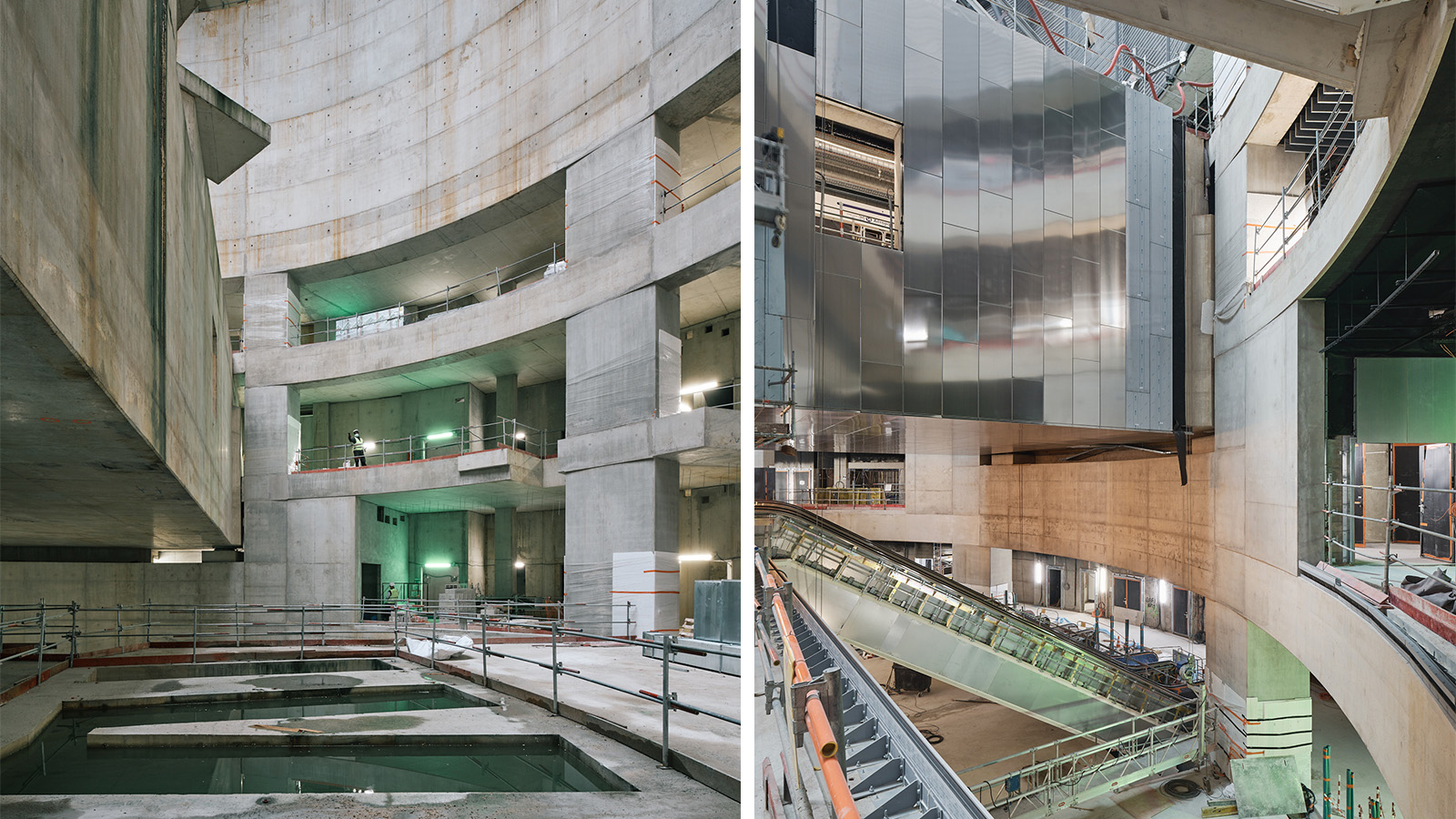
As the Paris Olympic Games draw near, the city sees The Grand Paris Express, another significant project, advance closer to the finish line. This is the largest urban design project in Europe, a system of new rapid transit lines that will allow commuters to go from one suburb to another without passing through the city centre. Construction began in 2016 and is slated to finish in 2030, when the system will consist of four new lines and one extension, 68 new stations, and 200km of additional track, at an estimated cost of €36.1 billion. Great care has been taken to make the project not just practical and sustainable, but attractive, too. The stations are all unique, designed by different architects, each working in tandem with a different artist.
The Line 14 extension is scheduled to be running in time for the Games, connecting Saint-Denis in the north to Orly Airport in the south. Its terminus, and the entire network’s hub, is the Saint-Denis Pleyel station, located steps from the Olympic Village. Architect Kengo Kuma designed the station with wood cladding and plenty of natural light, bringing warmth to its immensity, while 108 clay Venuses by French artist Prune Nourry will hang on its atrium walls, starting in 2026.

The Grand Paris Express is making tracks
To the south of the city, the Villejuif-Gustave Roussy station, designed by Dominique Perrault Architecture, will also serve Line 14 (and Line 15, a new circular line around Paris), though the first trains won’t stop here until late 2024. Located between one of Europe’s foremost cancer hospitals and a large park, the station resembles a circular pavilion from the outside. But below ground, it’s a huge vertical cylinder 70m in diameter. One of the deepest stations in the network, it plunges some 50m, with nine underground levels and a 30m-high void. ‘A cylinder is the most economical form,’ explains Perrault. It’s freestanding. And we are underground, with the pressure from the earth, so it’s a very radical element that allows us to isolate the inside from the earth outside.’

The Villejuif-Gustave Roussy station’s entire depth receives natural light from an open roof in two parts: a pleated circular canopy made of transparent ETFE plastic, and two overlapping circular awnings in stainless steel mesh. Underground, the temperature is kept constant by the surrounding earth, with no additional heating, air conditioning or smoke extraction. ‘The station is ventilated naturally,’ says Perrault. ‘That’s important for cost, for the environment, and also for comfort. It’s the same ambience above and below. The idea is for it to be a continuation of the city.'
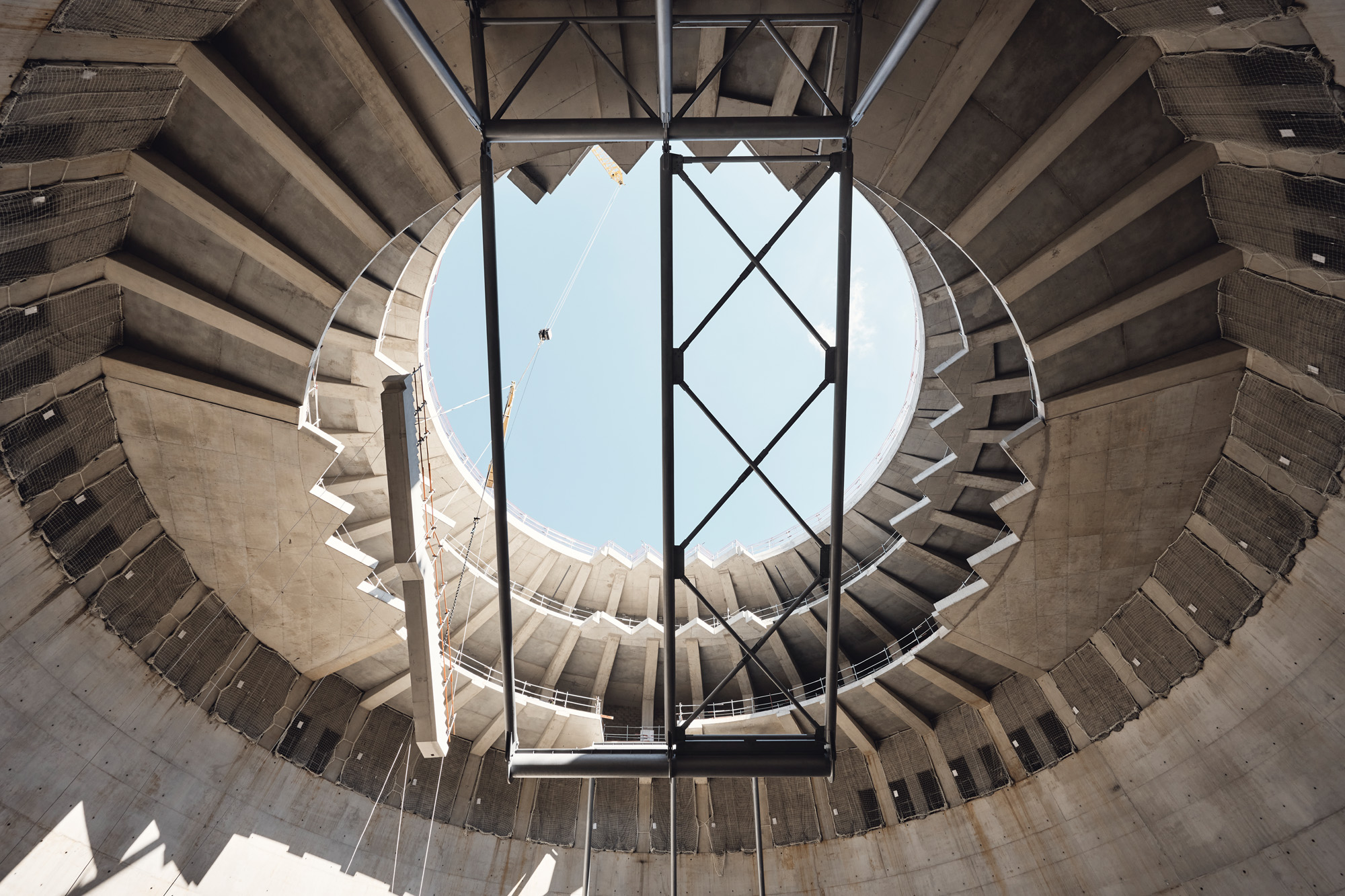
The top two levels will be open to the public, with shops and services. From there, monumental escalators take passengers deep down to where the trains arrive in perpendicular tunnels dressed in reflective stainless steel, one suspended above the other. Line 14 is a feat of engineering, shooting through the cylinder unsupported. Picking up on the theme of connection between sky and underground, Chilean artist Iván Navarro has created 58 light boxes using neon tubes and mirrors, engraved with the names of stars. Installed on the ceiling of level -9, they create an illusion of infinite depth
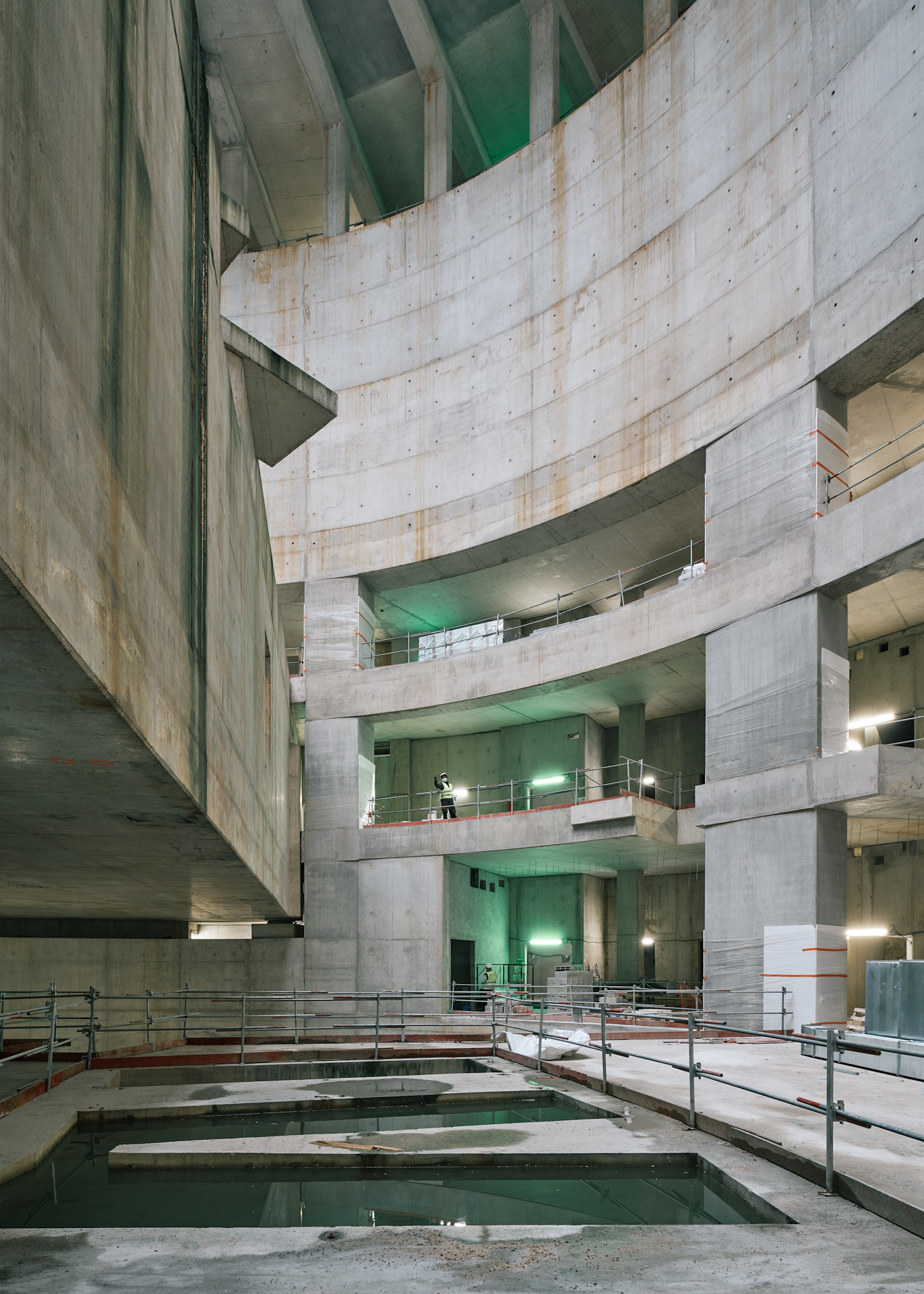
The overall project for the Grand Paris Express won Harvard’s 2023 Veronica Rudge Green Prize in Urban Design. Architect and urban planner Joan Busquets, who chaired the jury, says, ‘The scale of the project, in terms of the megalopolis, is quite remarkable.’ An undertaking of this size seems impossible today. And though it’s a vast endeavour, the jury appreciated that it is ‘quite complete’. Thought was even given to the 47 million tonnes of excavated earth. Most is being recycled, but some is finding new life as land art – air travellers arriving at Charles de Gaulle Airport will fly over two massive eyes that could be a metaphor for the entire initiative. As Busquets notes, nobody can predict exactly how the Grand Paris Express will change the city, ‘but it opens up a new vision for Paris’.
Receive our daily digest of inspiration, escapism and design stories from around the world direct to your inbox.
A version of this article appears in the July 2024 Design Directory issue of Wallpaper*, available in print on newsstands, on the Wallpaper* app on Apple iOS, and to subscribers of Apple News +. Subscribe to Wallpaper* today
Amy Serafin, Wallpaper’s Paris editor, has 20 years of experience as a journalist and editor in print, online, television, and radio. She is editor in chief of Impact Journalism Day, and Solutions & Co, and former editor in chief of Where Paris. She has covered culture and the arts for The New York Times and National Public Radio, business and technology for Fortune and SmartPlanet, art, architecture and design for Wallpaper*, food and fashion for the Associated Press, and has also written about humanitarian issues for international organisations.
-
 Year in review: the shape of mobility to come in our list of the top 10 concept cars of 2025
Year in review: the shape of mobility to come in our list of the top 10 concept cars of 2025Concept cars remain hugely popular ways to stoke interest in innovation and future forms. Here are our ten best conceptual visions from 2025
-
 These Guadalajara architects mix modernism with traditional local materials and craft
These Guadalajara architects mix modernism with traditional local materials and craftGuadalajara architects Laura Barba and Luis Aurelio of Barbapiña Arquitectos design drawing on the past to imagine the future
-
 Robert Therrien's largest-ever museum show in Los Angeles is enduringly appealing
Robert Therrien's largest-ever museum show in Los Angeles is enduringly appealing'This is a Story' at The Broad unites 120 of Robert Therrien's sculptures, paintings and works on paper
-
 This modernist home, designed by a disciple of Le Corbusier, is on the market
This modernist home, designed by a disciple of Le Corbusier, is on the marketAndré Wogenscky was a long-time collaborator and chief assistant of Le Corbusier; he built this home, a case study for post-war modernism, in 1957
-
 ‘You have to be courageous and experimental’: inside Fondation Cartier’s new home
‘You have to be courageous and experimental’: inside Fondation Cartier’s new homeFondation Cartier pour l'art contemporain in Paris invites us into its new home, a movable feast expertly designed by Jean Nouvel
-
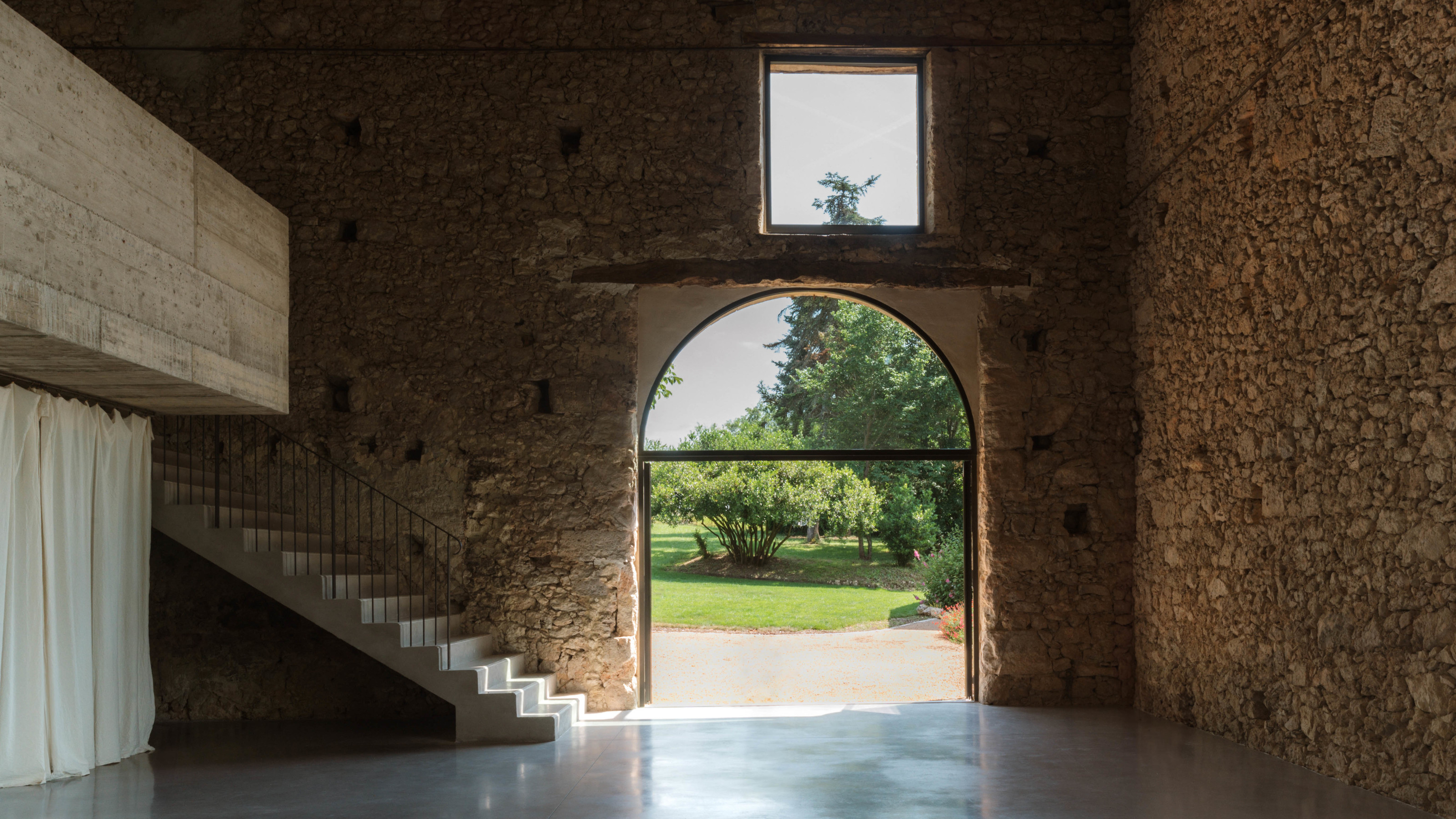 A wellness retreat in south-west France blends rural charm with contemporary concrete
A wellness retreat in south-west France blends rural charm with contemporary concreteBindloss Dawes has completed the Amassa Retreat in Gascony, restoring and upgrading an ancient barn with sensitive modern updates to create a serene yoga studio
-
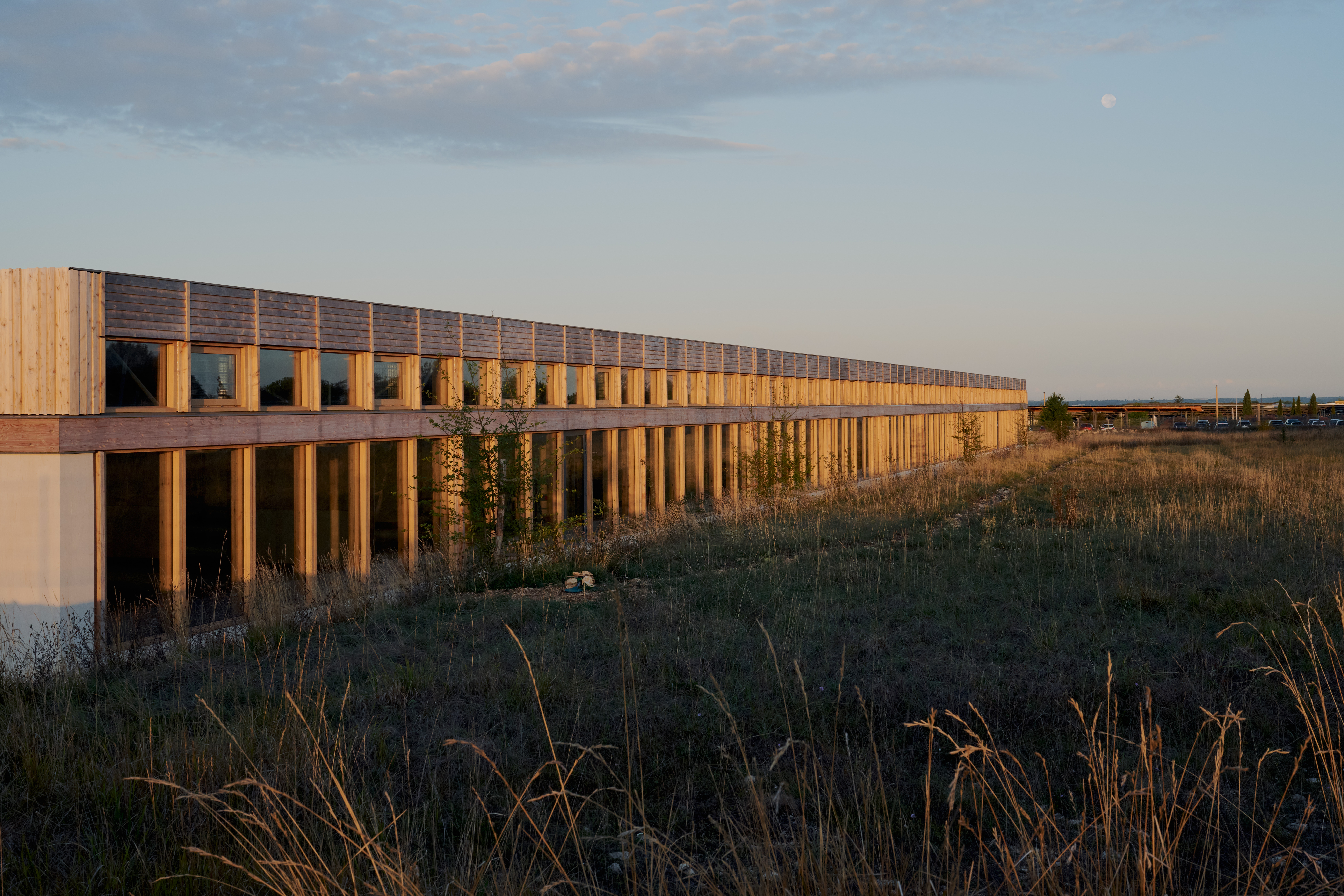 Explore the new Hermès workshop, a building designed for 'things that are not to be rushed'
Explore the new Hermès workshop, a building designed for 'things that are not to be rushed'In France, a new Hermès workshop for leather goods in the hamlet of L'Isle-d'Espagnac was conceived for taking things slow, flying the flag for the brand's craft-based approach
-
 ‘Landscape architecture is the queen of science’: Emanuele Coccia in conversation with Bas Smets
‘Landscape architecture is the queen of science’: Emanuele Coccia in conversation with Bas SmetsItalian philosopher Emanuele Coccia meets Belgian landscape architect Bas Smets to discuss nature, cities and ‘biospheric thinking’
-
 An apartment is for sale within Cité Radieuse, Le Corbusier’s iconic brutalist landmark
An apartment is for sale within Cité Radieuse, Le Corbusier’s iconic brutalist landmarkOnce a radical experiment in urban living, Cité Radieuse remains a beacon of brutalist architecture. Now, a coveted duplex within its walls has come on the market
-
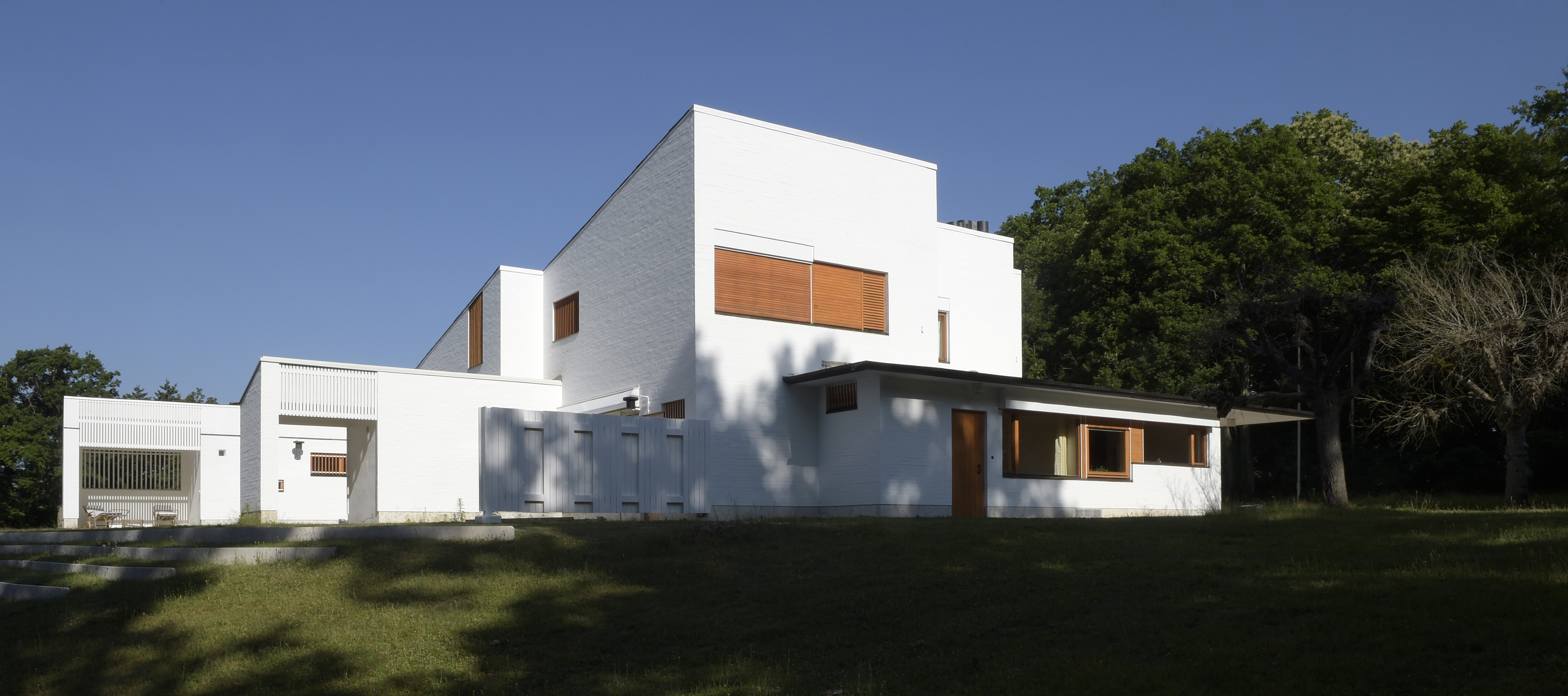 Maison Louis Carré, the only Alvar Aalto house in France, reopens after restoration
Maison Louis Carré, the only Alvar Aalto house in France, reopens after restorationDesigned by the modernist architect in the 1950s as the home of art dealer Louis Carré, the newly restored property is now open to visit again – take our tour
-
 Meet Ferdinand Fillod, a forgotten pioneer of prefabricated architecture
Meet Ferdinand Fillod, a forgotten pioneer of prefabricated architectureHis clever flat-pack structures were 'a little like Ikea before its time.'